The Ultimate Road Trip
How the hell did I get here? I've been sitting on a big flat rock all day, bracing against the hot dry Mauritanian wind. I can't remember my last proper meal, but it was at least 36 hours ago.
Something is wrong with my side. Lots of pain every time I move. Been that way ever since the crash yesterday (was it yesterday?) morning. A few hours ago, I was chatting in broken French with some goatherds, a father and son. I gave them the pens I used to mark my roadbook. I won't need them any more and they both seemed to enjoy doodling on the flat grey rocks. Before that I watched some wonderfully fat camels about a mile away on a ridge. Silhouetted against the horizon. A minute ago, I was on the satellite phone to France. I was calling to give them my GPS coordinates a second time. My GPS was dead, but the sat phone can also give coordinates. Trouble was, it seemed to give me different numbers every time I checked. As I told the nice lady in Paris that I was unsure whether I was "here" or "there", she told me that the Broom Wagon would be by to fetch me before midnight. In the morning, she had said it would be only a few hours. Then she asked whether I was the one with the broken back. Who's that poor bastard?, I thought, as the phone battery died before my response.
While most Americans had no clue, we were fascinated by images of BMW twins blasting across the sand. Our heros were riders like Hubert Auriol. Years later, after distractions like college and kids (for him) and moving to California and law school (for me), we both got back into dirt riding. Now we spend a week or two each year desert riding together in Baja, Mexico. Our trips are budget affairs, no support trucks or fancy hotels. We carry all our spares and sleep at the cheapest rancho we can find, or out in the desert. Ten or so of these trips, and we know how to make a bike and rider survive the desert; we can fix just about anything with safety wire, tape, zip ties, and JB Quik-Weld. We're not intimidated by long days in the desert or having to find our way using a compass and GPS. And, for a couple of guys from the confines of Massachusetts, we can go pretty quickly. Now we can watch the Dakar on SpeedTV, and it doesn't look all that impossible any more. But it is so damn expensive! Most privateers spend upwards of $75,000 to compete, the pros spend many multiples of that.
After the El Chott, I was hooked. The dream of Dakar was almost within reach. All I needed was a big pile of cash. If you are considering the Dakar, and you are not a millionaire, my advice to you is to have lots of room on your credit cards, and have a very supportive spouse. Better yet, be single, since you'll need to be obsessed with the Rally for most of a year. I spent most of 2003 begging for money and selling everything I had around the house to pay the entry fee. In the end, including maxing out several new credit cards, I spent just over $41 grand.
Just after Christmas, I flew to France, sporting some new gear donated by sponsors Shift, Alpinestars, 661, BajaDesigns, Aerostich, and others. I met up with David Lambeth, who had prepped my very used 2001 KTM 660R racebike by replacing the engine, most of the bearings, and any other damaged or worn items.
Quick primer: The Dakar Rally starts in France every year and ends in Africa, usually in Dakar, Senegal. Competitors race through timed "Special" sections every day. After these Specials, competitors travel along Liaison sections to the Bivouac (stopping place for the night) or to the next Special. In the end, the one with the lowest cumulative time on all the Specials wins. Penalty times are added for many infractions, including taking too long to complete a Liaison section. Three types of vehicles compete: bikes (including quads), cars (mostly SUVs) and big bad trucks. Europeans take it very very seriously, and good rally competitors are national heroes.
My Prologue start time is about 9am, and I am allowed in to the Parc Ferme at 8:50. "Click, bzzz." The battery is dead!
My Prologue start time is about 9am, and I am allowed in to the Parc Ferme at 8:50. "Click, bzzz." The battery is dead! My mechanic can't help me now, so I push. No dice. I ask other racers to help. Nothing. I grab TV crews and officials, anyone who can push. Most of the other riders have left the parking lot and I am sure I am going to miss my start time. Perfect, out of the Rally before it starts! Yes, I was panicked.
Finally, the bike fires and I storm around the corner to see 50 bikes waiting their turn to be introduced on a podium. I'm not even late, but I can't take any more drama that day. I creep through the Prologue at a snail's pace in the snow and mud.
After the Prologue, the Organization decides that, because of the snow, motorcycles may be trailered to the next stage in Narbonne, 395 km to the South. A bit of a hassle for me, however, since I had planned to ride and have no truck. Ennio Cucurachi, #88, has room on his trailer, though, so I load my bike with him. I jump into an RV belonging to Rally Raid UK, and off we go.
Rally Raid UK, run by Paul Round, and arranged for me by RallyConnex, will support me from Narbonne on. RRUK has 2 large support trucks carrying tools, spares, and mechanics, and one Nissan Patrol carrying my mechanic, Gordon McPherson. All tolled, they will be supporting 7 bikes, two quads, and at least one car. For the European sections, they also have 3 RVs, now loaded with riders and drivers, speeding southward through the snow, trying to make our check in time in Narbonne. Our RRUK "team" consists of Mick Extance, UK enduro fast guy; John Walker, another UK enduro hotshot; Neville Murray from South Africa, on his third try to finish the Dakar- the oldest but most fit of our group; Christo Aspeling, Neville's big tough Afrikaner riding buddy; young Francisco Arrendondo from Guatemala, who smiles so much that you get the idea he may not know what he is in for; Bertil Marcusson, who has ridden his bike from Sweden and is uber-prepared; and me. From here on out, the schedule turns manic-hectic. We barely have enough time to stop and eat on the way. Since the bikes must be in Parc Ferme each night, we also have to find some time during the drive to sort out that starting problem.
More by Charlie Rauseo



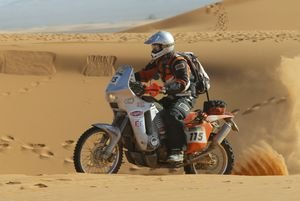





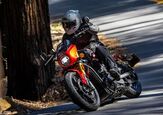
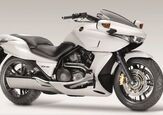
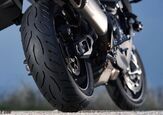
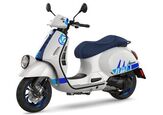
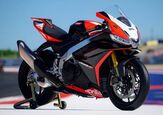
![Marisa Miller and Harley-Davidson Team-Up Again [video]](https://cdn-fastly.motorcycle.com/media/2023/05/31/11738599/marisa-miller-and-harley-davidson-team-up-again-video.jpg?size=350x220)
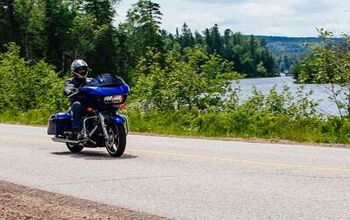
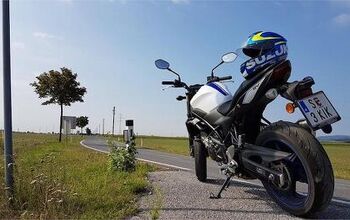
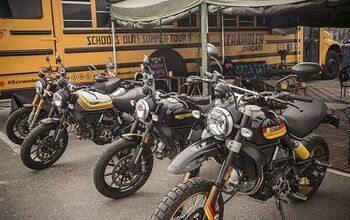
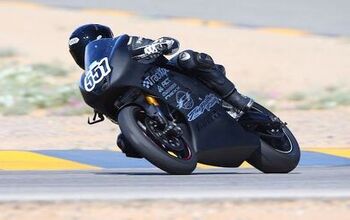
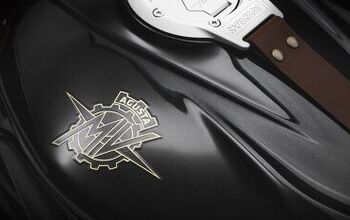
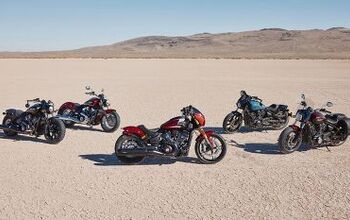
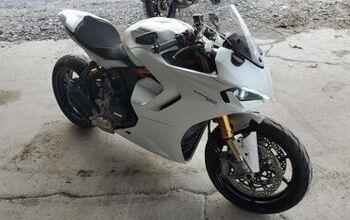
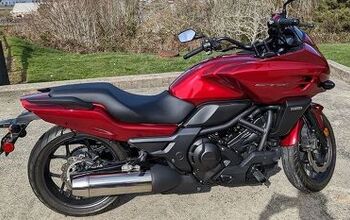
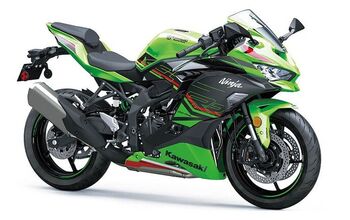



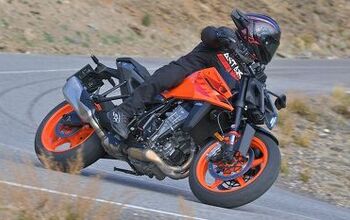
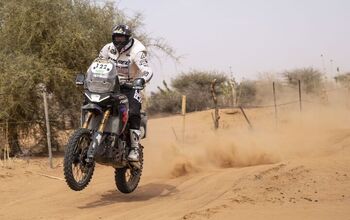
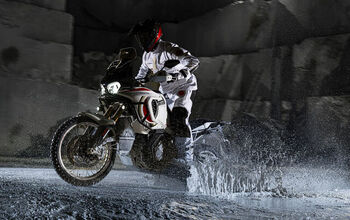
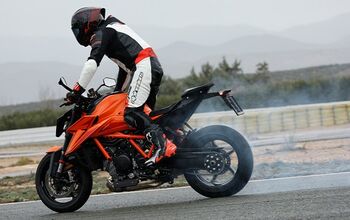
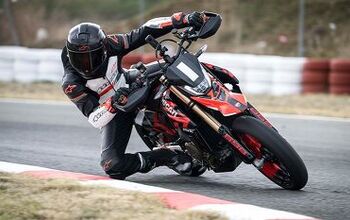
Comments
Join the conversation